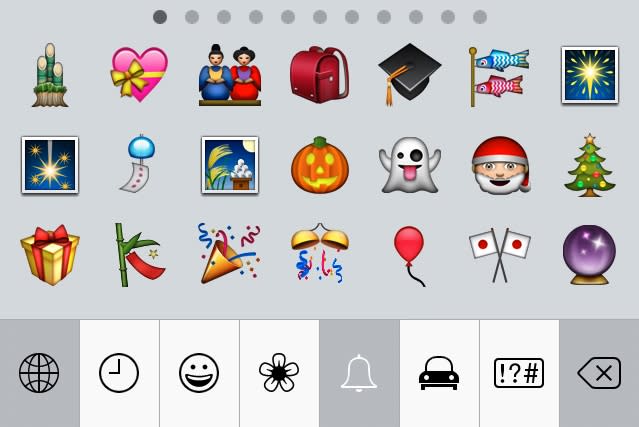Apple emojis are best in class, and some were designed in less than 30 minutes

Once Apple added Emoji keyboard support back in iOS 5, messaging for iPhone users was forever changed. Forget old-fashioned emoticons, Apple's emoji characters let iOS users send all sorts of quirky, helpful, and flat out weird icons with just a few taps.
But what may not be readily apparent to iOS users is that emojis sent to non-iOS devices typically look different than they do on iPhones and iPads. You see, emoji designs are rooted in text descriptions laid out by the Unicode Consortium. But the manner in which those descriptions are brought to life by artists are anything but uniform.
Bianca Bosker of the Huffington Post recently took a look at how common emoji templates differ across varying companies. In one example, Bosker directs us to Unicode Character U+1F48 which encapsulates a picture of a dancer.

I suppose it's much easier to appreciate Apple's own emoji set once one sees what the competitive landscape looks like. It's hard to dispute that Apple's offerings are more elegant and artistic than what's available from Google and Twitter. Of course, Apple has a long history of rich and detail-oriented icons.
Case in point, below is a closer look at how emoji icons vary across different platforms, courtesy of Emojipedia. A full comparison of every iOS emoji and its Android counterpart can be seen here.

Interestingly, Bosker was able to get in touch with Willem Van Lancker, a former designer at Apple who helped craft many of the icons in Apple's emoji set.
Willem Van Lancker, a former Apple employee who designed hundreds of emoji for the iPhone, said he was dismayed to find that on Android devices, his icons' counterparts "almost [seem] to mean a different emotion."
"It's a lot like spoken languages," he said. "Things are lost in translation."
Van Lancker further explained that in coming up with Apple's set of emojis, designers at times took a look to Japanese emojis (where the trend first began) for inspiration and reference points. But with so many emojis in play, some designs were impressively whipped together in a half hour.
Van Lancker said Apple consulted the Japanese originals, but the look of each emoji was ultimately up to its designer. "To be honest," he said, "when there are hundreds of these to be made, some of them were made in 30 minutes."
Make sure to check out Bosker's full piece at the Huffington Post as it's full of interesting tidbits regarding all things emoji.

